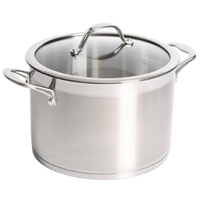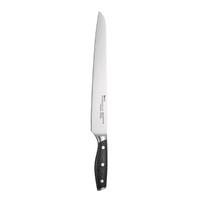How to cook ham: How long do you boil a 1kg gammon joint?
Discover how to cook ham with tips and tricks throughout our easy step-by-step guide. Plus, we explain why and how long you should boil a gammon joint...
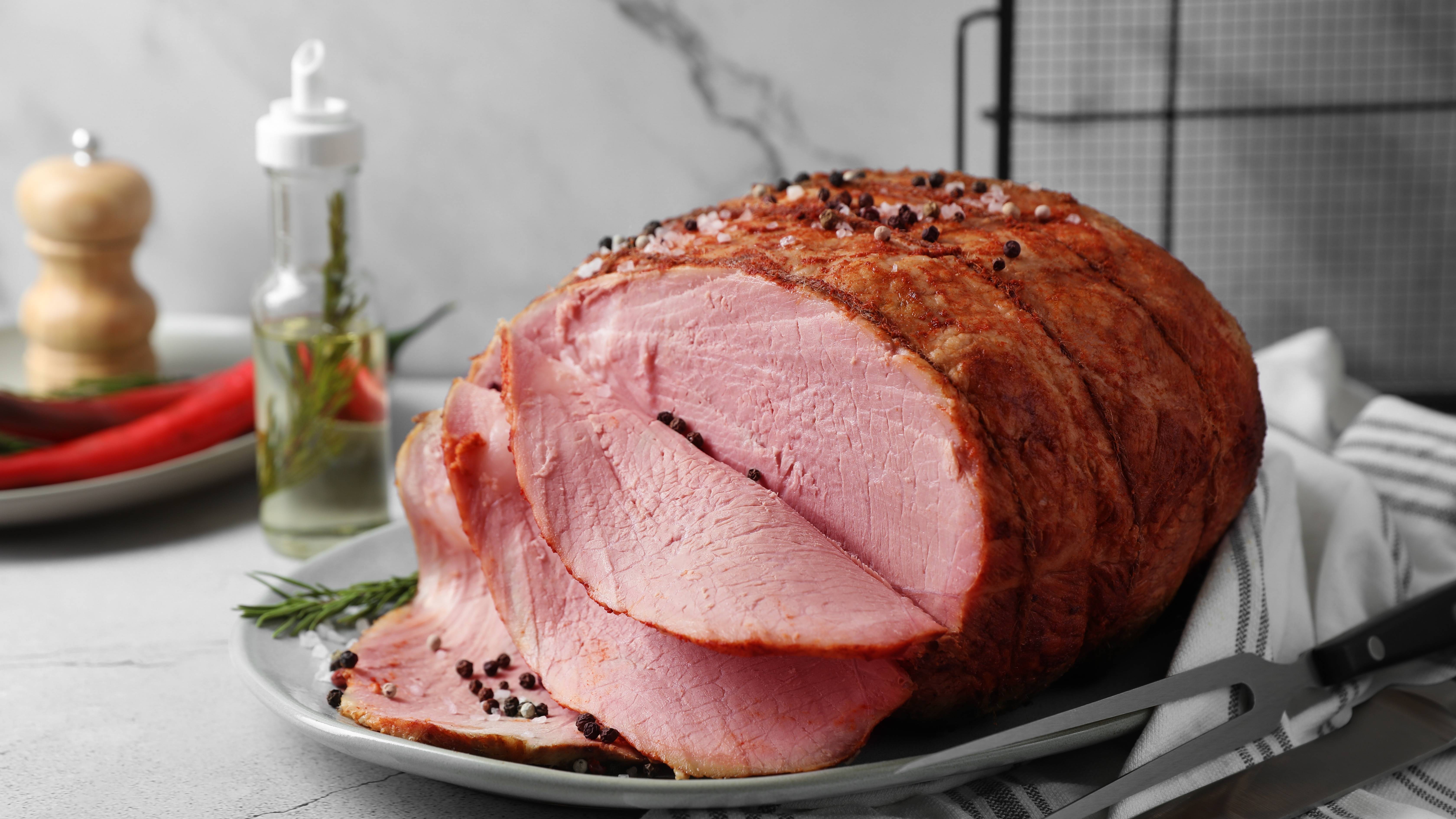

Jessica Ransom
This is the ultimate guide on how to cook ham. Our expert tips cover how long you should boil a gammon joint before glazing and roasting it in the oven, plus so much more.
Is there anything as majestic as a glazed ham sitting in the centre of your dinner or buffet table? It's the perfect crowd-feeder whether you're hosting Christmas dinner, cooking your weekly Sunday roast dinner, or looking for some alternative Easter food options.
Similarly to our guide on how to roast pork, we've broken the method into five steps with accompanying step-by-step images. We show how to cook a 1.5kg gammon joint, which is a cut from the hind leg of a pig. The recipe would also work with a cheaper, fattier bacon joint. For a quicker mid-week dinner option, you could also have a look at our guide on how to cook pork chops.
"Gammon and bacon joints can be bought smoked or unsmoked, just like back and streaky bacon. Personal preference will dictate which you like more but generally, a smoked joint will have a saltier more intense flavour," says Food Writer, Jessica Ransom.
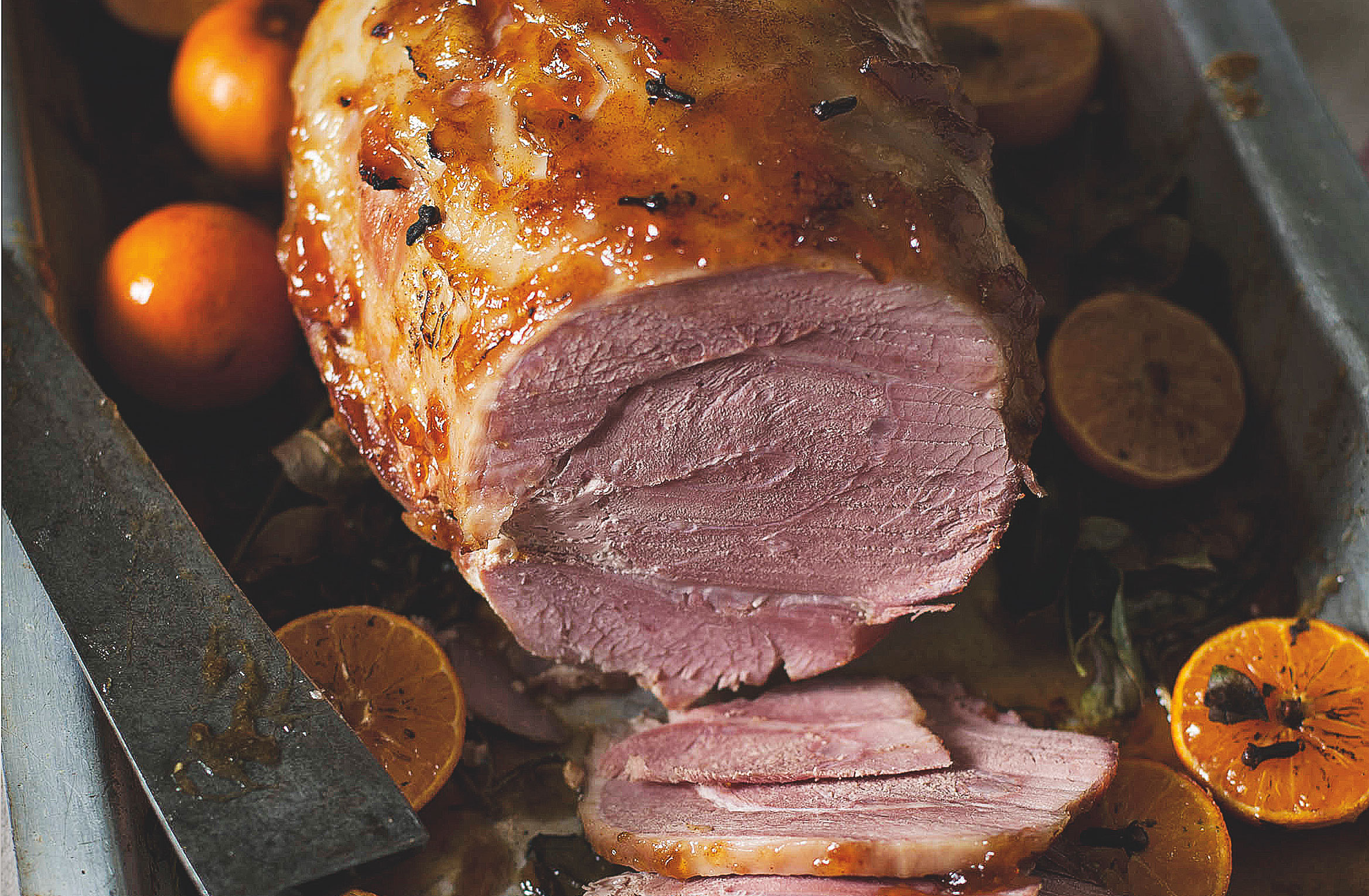
How long do you boil a 1kg gammon joint for?
A boneless gammon joint will require about 40 minutes of cooking for every 1kg plus 30 minutes. So a 1kg gammon joint will take 1hr 10mins of cooking in total. We recommend splitting the cooking time into two-thirds boiling and a third in the oven. For a 1kg gammon joint, this would be approximately 45 mins boiling and then 25 mins in the oven.
The roasting stage is about caramelising the glaze and fat of the gammon. It should be cooked through after the boiling stage.
It's important to remember that the cooking time will vary depending on the weight of your meat and if it is bone in or out. Always weigh your joint accurately with scales, without any packaging, before calculating the cooking time.
GoodtoKnow Newsletter
Parenting advice, hot topics, best buys and family finance tips delivered straight to your inbox.
How to cook ham
You don't have to be celebrating to cook a ham. Simply cook it at the start of the week and the whole family can tuck it into ham sandwiches for lunch for the next few days - the perfect way to use up leftover pork.
Ingredients
- 1.5kg gammon joint
- 1 onion, cut into wedges
- 2 bay leaves
- 8 black peppercorns
- 3tbsp runny honey
- 1tbsp Dijon mustard
Step 1
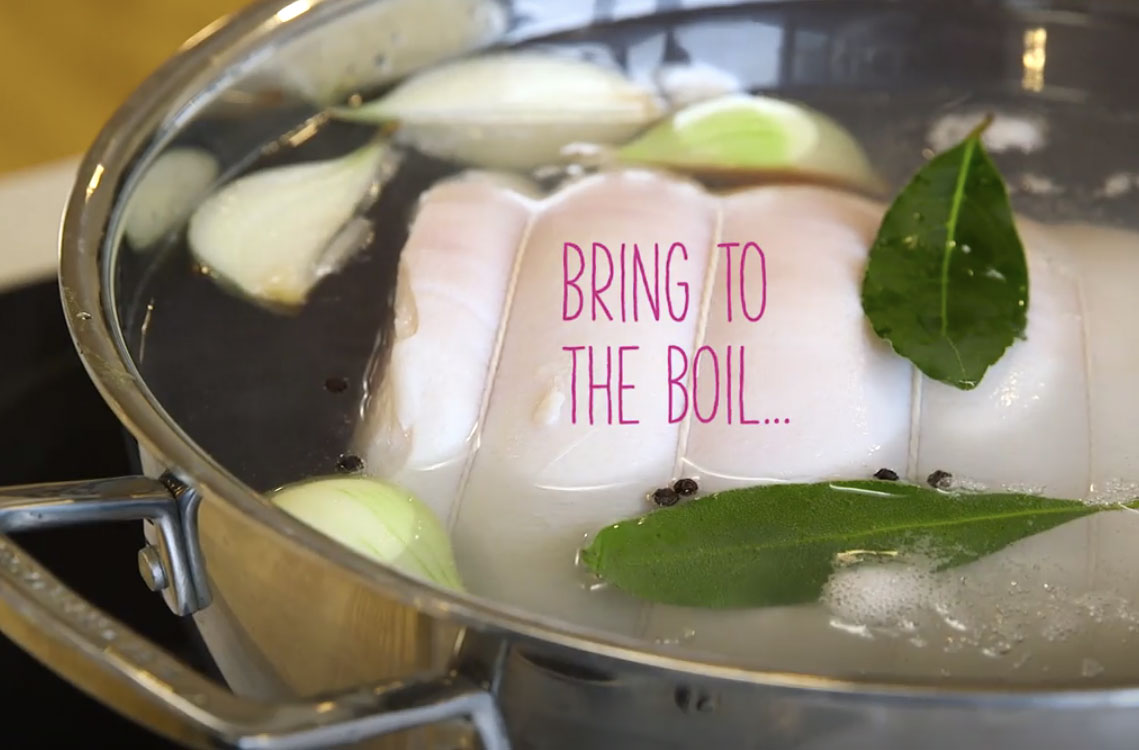
Place the gammon or bacon joint in a large pan. Cover with cold water and add the onion, bay leaves and peppercorns. Bring to the boil then reduce the heat, cover and simmer for 20 mins per 500g.
Step 2
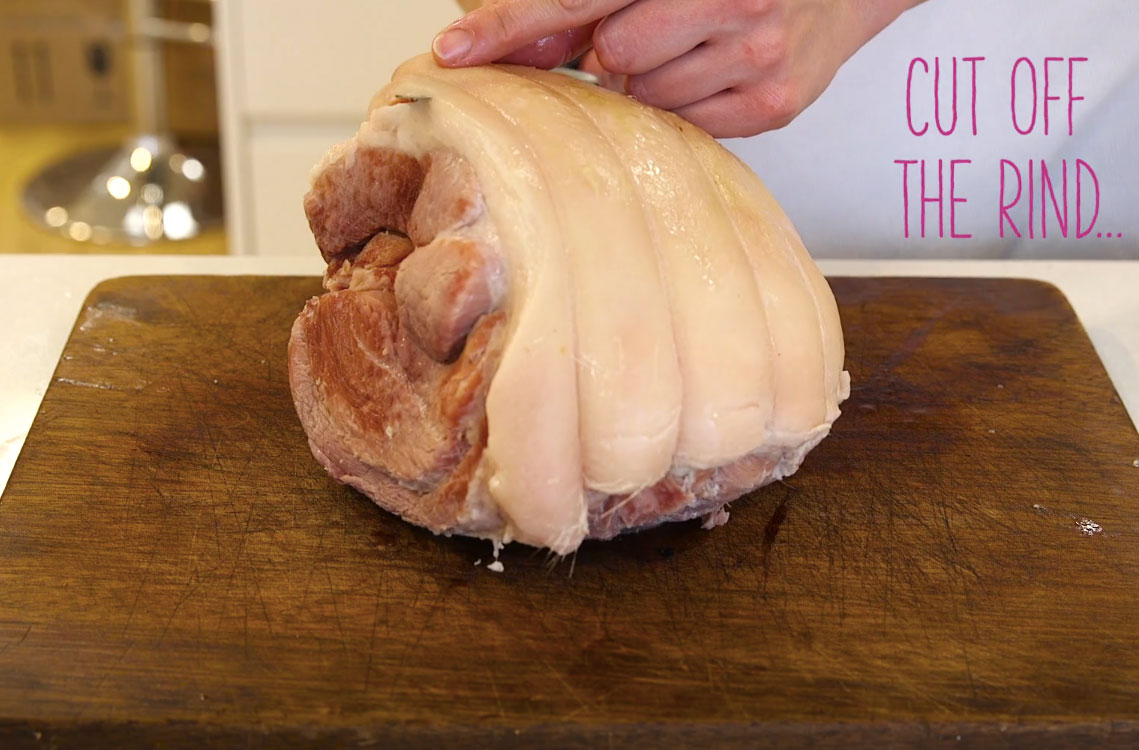
Remove the ham from the pan, cool slightly. Carefully cut off the rind leaving a thin layer of fat covering the ham. You can use the stock to make soups, gravy or sauces. Once cool, the stock can be frozen and used another day if you like.
Step 3
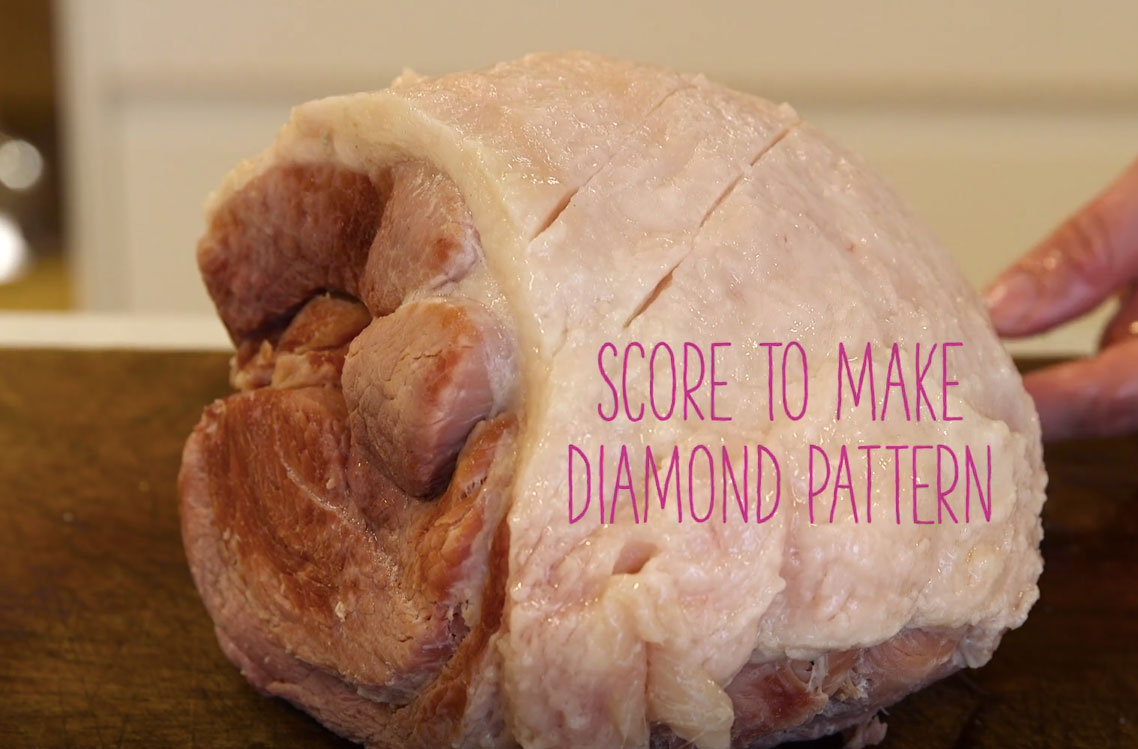
Score across the fat diagonally to make a diamond pattern. Try not to go all the way through the fat and into the flesh of the pork.
Step 4
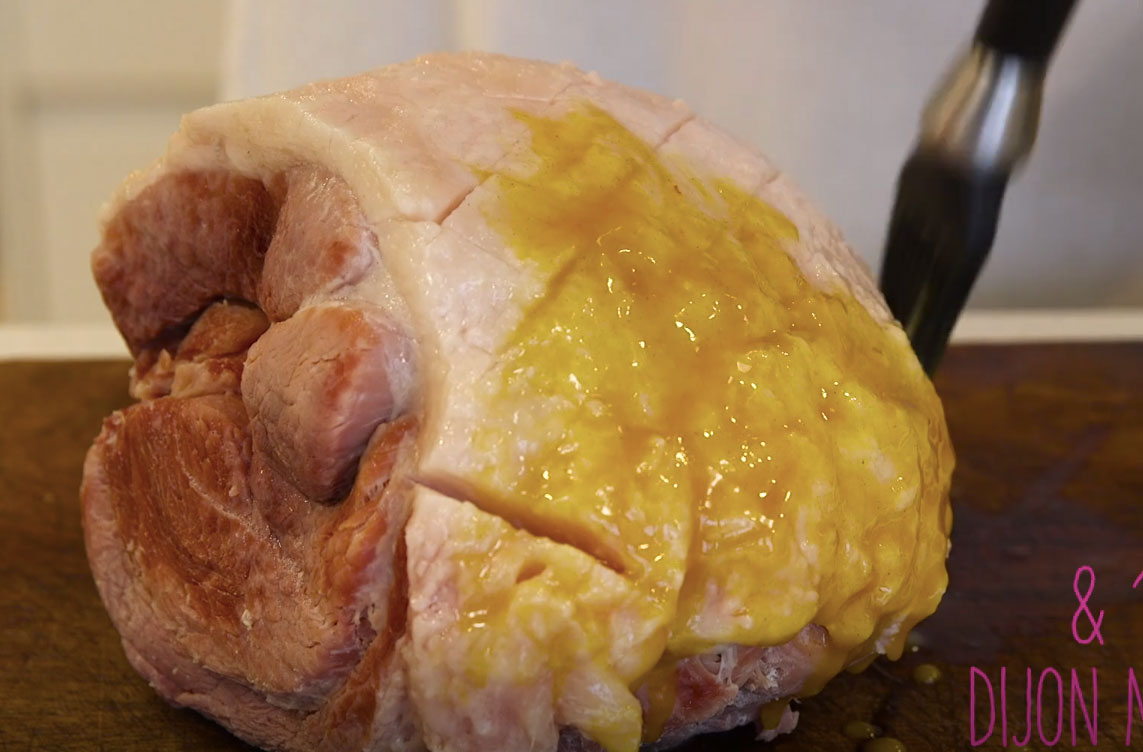
Preheat the oven to 190C (170C fan, Gas 5). Put the ham in a baking tin, lined with foil if you want to minimise the washing up.
Mix the honey and mustard and liberally brush the mixture over the fat. Cover the ends of the ham with foil to prevent them from drying out and bake for 30 mins until the fat is golden and caramelised.
Step 5
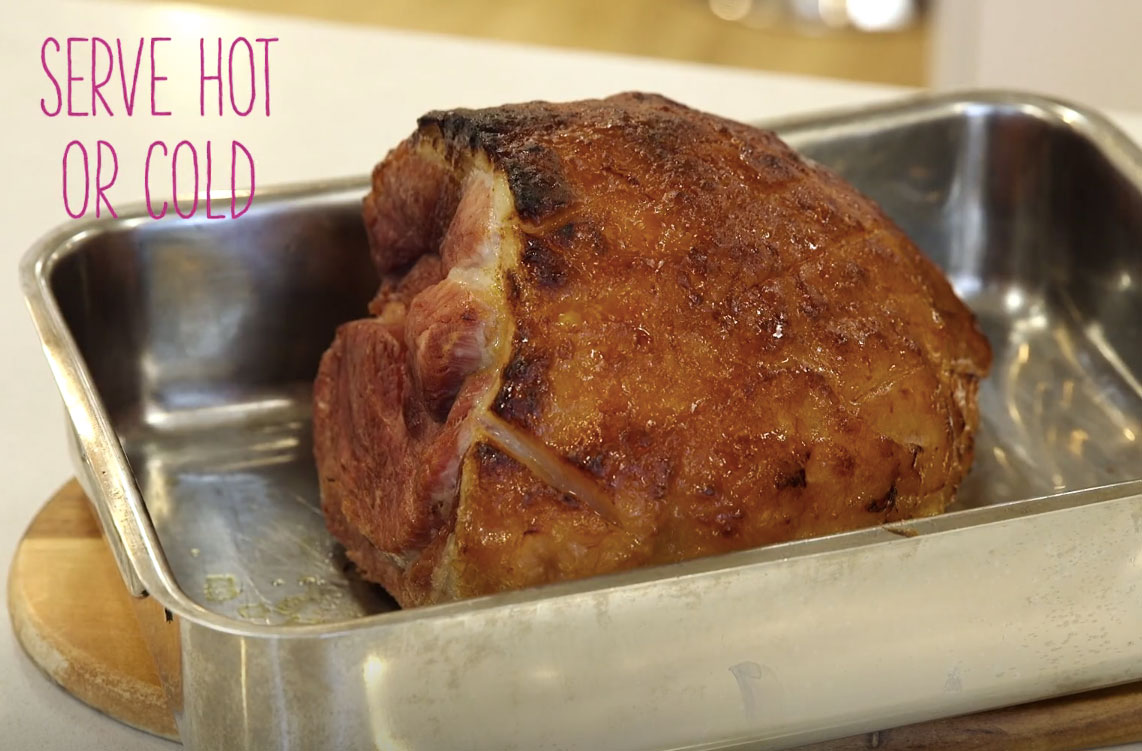
Remove from the oven and allow to stand for 10 mins. The ham can be served warm or as cold cuts for a buffet and sandwiches. You can also wrap leftovers tightly and freeze them for up to a month.
Do you soak ham before cooking it?
Some gammon and bacon are pork cuts that have been salt-cured. If this is the case it is necessary to soak the meat for a few hours before cooking to remove excess salt. However, most supermarket gammon and bacon are mildly cured so it doesn't require soaking.
If buying from a butcher make sure to ask if it needs to be soaked and they will be able to advise. When buying a gammon joint from the supermarket look at the packet. If it doesn’t recommend soaking it’s best not to as it will cause it to lose its flavour.
How to soak a gammon or bacon joint
To soak a gammon joint, put the ham into a large pan and pour over cold water. If your ham is floating to the surface weigh it down with something heavy such as a bottle of wine or a smaller pan. Leave the meat to soak for 2-3 hours or overnight before discarding the water and returning the ham to the pan to boil it.
Do you boil ham before roasting it?
To ensure the ham stays moist, it’s best to boil it for two-thirds of the cooking time and then finish the cooking in the oven. It is also possible to boil ham for the entirety of the cooking time. But we find ham cooked this way is best served cold.
To boil the ham, put it into a large pot and cover it with cold water. Bring to the boil and reduce to a gentle simmer. At this point, you can remove any scum that floats to the surface before adding in additional flavourings such as herbs, spices, and vegetables if using.
It is very important to keep an eye on the water and to make sure that it’s not boiling vigorously as this will cause the meat to turn tough.
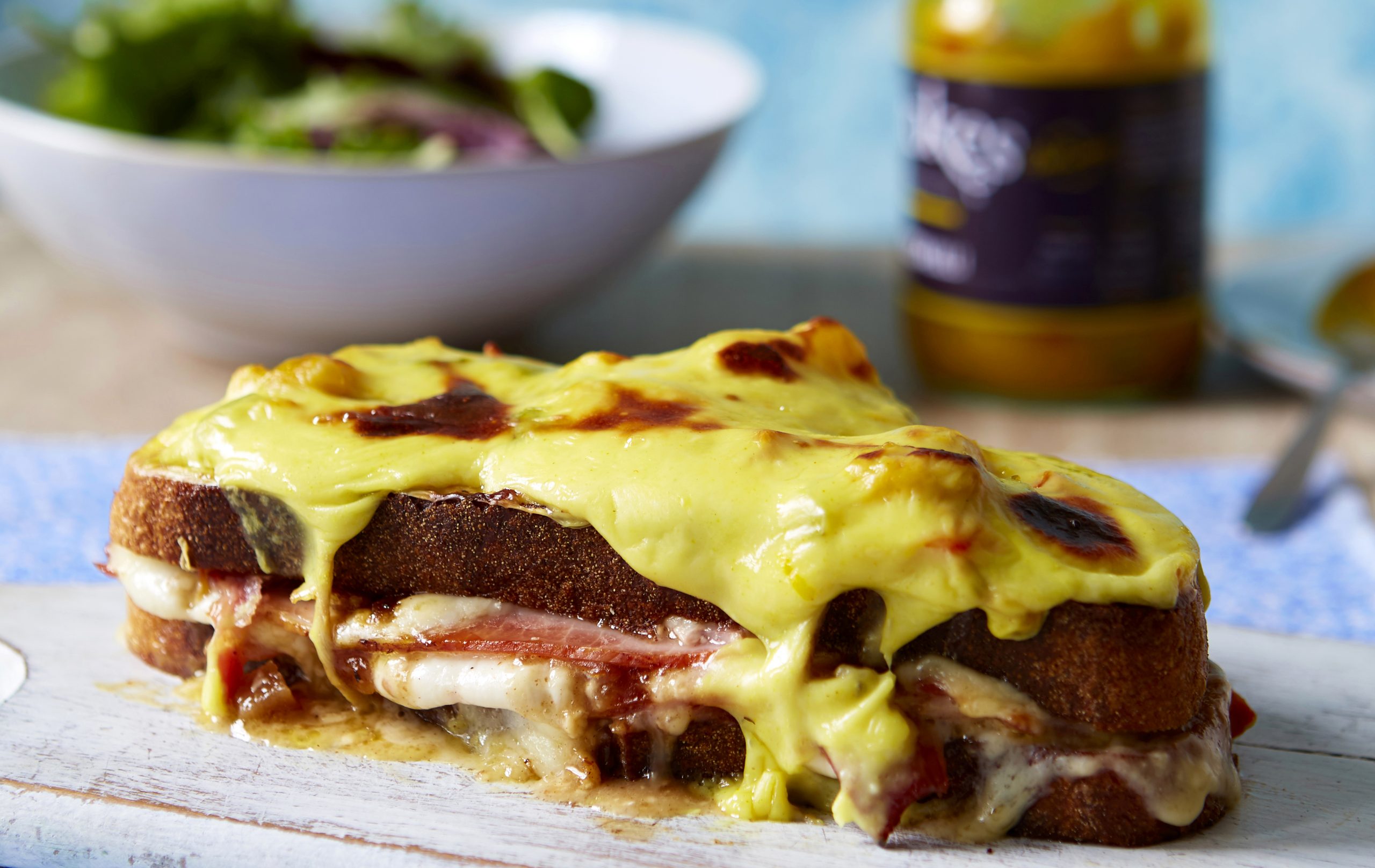
What is the best way to cook a ham?
Just like when it comes to how to cook a turkey, there are many different ways to cook a ham. However, in our opinion, the best way to cook ham is to first par-boil it in gently simmering water before removing the skin and roasting it in the oven covered in foil.
For the final 30 mins of cooking time, it’s advisable to remove the foil and glaze the ham. A glaze will give the ham an attractive finish and added flavour.
In Larousse Gastronomique, which acts as Deputy Food Editor, Rose Fooks' go-to cookery bible, they advise first boiling and then roasting the gammon joint. They recommend “A combination of boiling for half of the time and then baking gives excellent results.”
Boiling ham is a great way to cook the joint without drying it out while making it tender. It is also possible to cook the ham fully by boiling it and serve once cooled. However, the addition of roasting is an opportunity to glaze the ham so it looks and tastes extra splendid.
Can you overcook ham?
Yes, you absolutely can overcook ham. It will be dry and have a tough texture.
However, if you calculate the correct cooking time this should not happen. Keep an eye on the ham while it cooks. If you notice that the ham starts to look dry or burnt then remove it from the oven. If you have a meat thermometer you can also check the internal temperature. Take a reading from the thickest part of the meat. The ham is cooked when the internal temperature reaches 63C after 3 mins of resting.
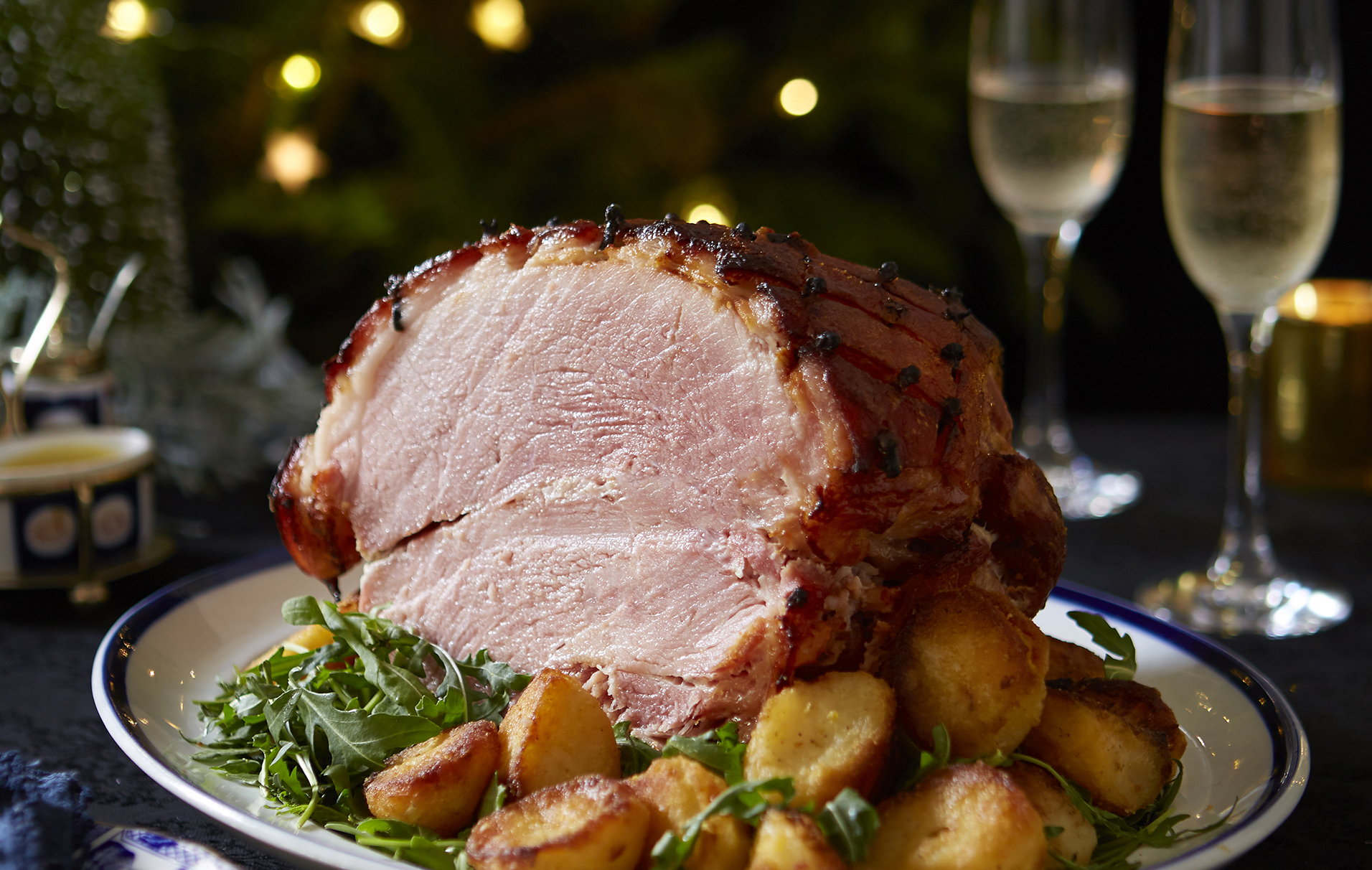
What is the best way to glaze ham?
A glaze can be added when cooking ham in the oven. It will give your ham a gorgeous sheen and add a lovely sweetness to the flavour. We like to add the glaze for the last 30 mins of the cooking time.
Glazes tend to have a high sugar content so they can burn and taste bitter if overcooked. To glaze a ham you first need to peel off the skin. Use a sharp knife to score a diamond pattern in the fat. You can then stud this with cloves if you like. You can then coat the fat with your chosen glaze. With thin glazes, it’s good to reapply them during the cooking time to make sure they evenly cover the ham.
Honey can make a lovely glaze, or you might fancy something more exotic such as marmalade. Alternatively, like in Downton Abbey’s decadent Christmas ham recipe, pictured above, you might favour a champagne glaze! Just brush the glaze you choose over the meat and return to the oven for the final 30 mins of the cooking time.
For something a little more special, our former food director Elisa Roche has a gorgeously decadent recipe.
Elisa explains: “I like to pour equal parts Don Papa spiced rum, dark brown muscovado sugar and water into a small metal saucepan with cloves, orange peel, and a cinnamon stick. Cook on a low simmer until it has reduced and become thicker. It should take about 15mins. Start glazing the ham 30 mins before the end of its cooking time. Repeat at least three times for ultimate glaze”.
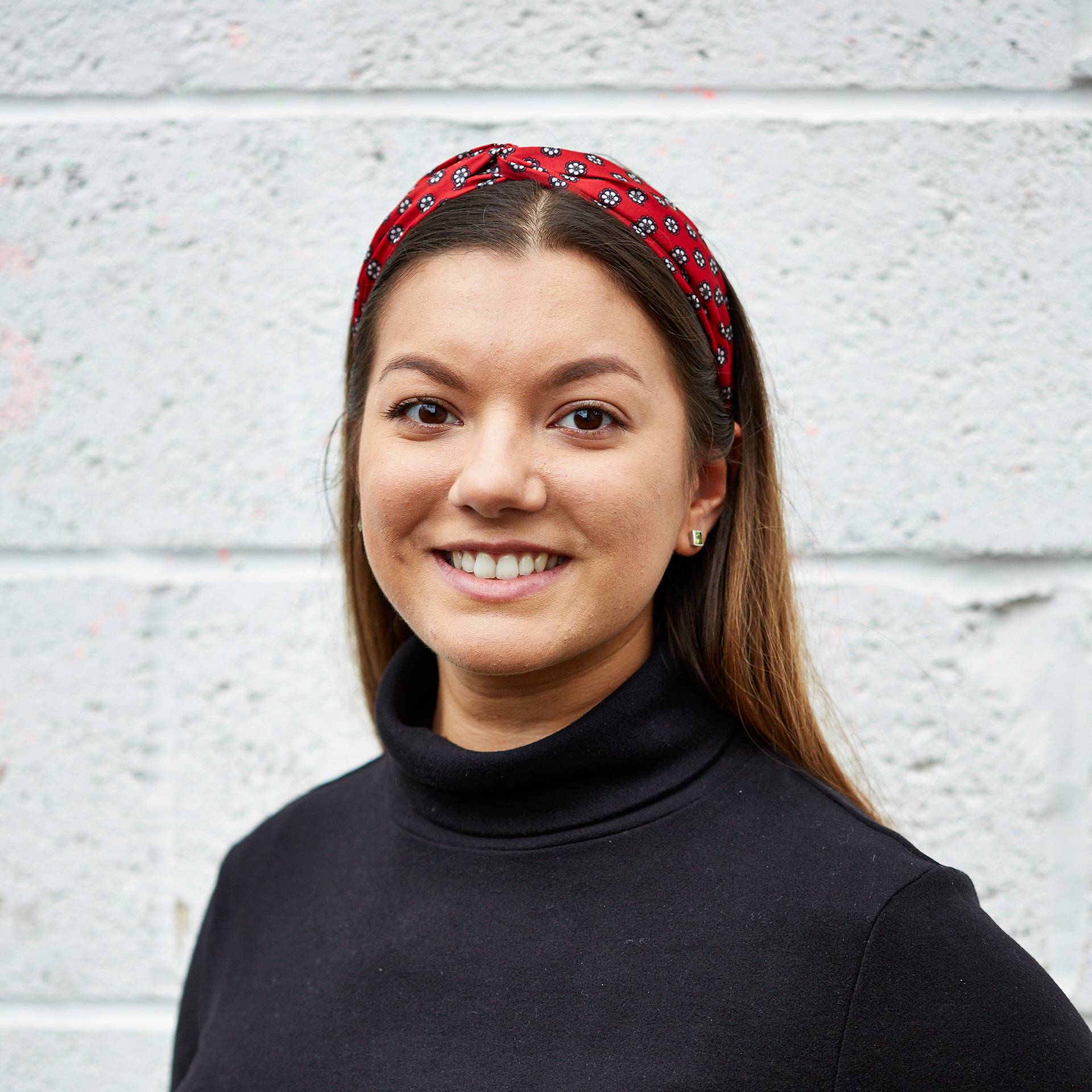
"You should avoid buying a gammon joint that has water added as the meat will shrink a lot after cooking. Always buy the best quality meat you can afford. Not only does it mean the animal welfare standards will be high, but the meat will also taste better and have a better texture if it has been reared on quality food with ample space to roam."
Professional Stainless Steel Stockpot & Lid - View at ProCook
To boil the gammon you need a very large, deep saucepan. It's also a great thing to have in the kitchen for when you're making stock or batch-cooking soups and sauces.
Professional X50 Contour Carving Knife - View at ProCook
The secret to perfect carving is practice and a very sharp large knife. This long, 25cm knife will glide through your cooked ham with ease. Hand-wash your knives and sharpen them regularly to maintain their quality.
It doesn't have to be December to make Pippa Middleton's Boxing Day ham, if fact if you're hosting a big family meal it's the perfect crowd-pleaser. You might also like Gordon Ramsay's honey-glazed ham and leftovers of our maple roast gammon make the most epic sandwiches.

Rose Fooks is Deputy Food Editor at Future Publishing, creating recipes, reviewing products and writing food features for a range of lifestyle and home titles including GoodTo and Woman&Home. Before joining the team, Rose obtained a Diplome de Patisserie and Culinary Management at London’s Le Cordon Bleu. Going on to work in professional kitchens at The Delaunay and Zedel.
- Jessica RansomSenior Food Writer
